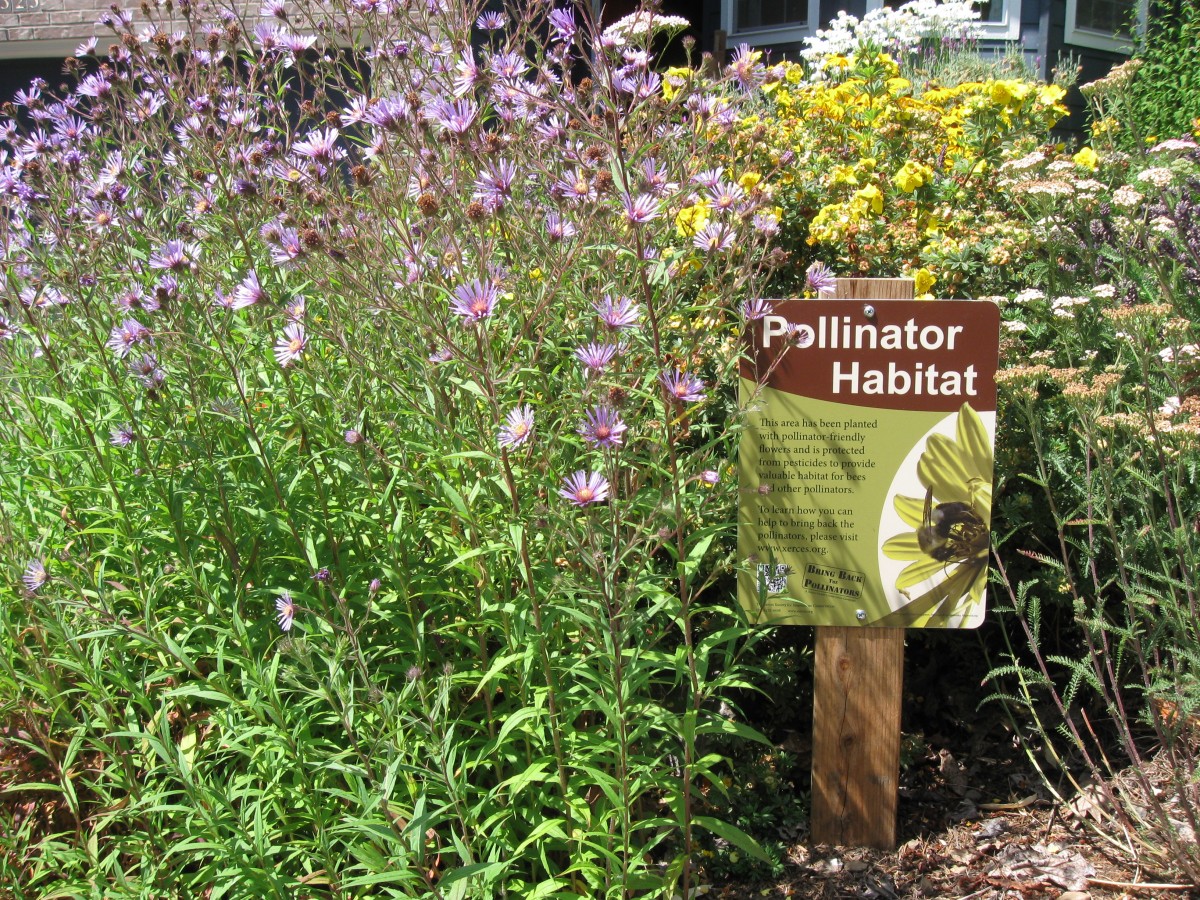Pollinator Week Part V: What can we do?
Pollinator week was created to raise awareness of what pollinators are , why we need them, what challenges they face, and what we can do to help. To that aim, we have run a series of posts that introduces pollinators and their importance, describes why pollinators pollinate, explores how both plants and pollinators cooperate or cheat, and gave a rundown of some common pollinators.
Many pollinators are understudied, but of those that are well-studied, many are struggling. Overall, pollinator populations are declining and their ranges are shrinking. This trend is not good; we depend on pollinators for many major food commodities, plus they are essential for maintaining healthy plant populations and a functioning ecosystem. Because pollinators and the challenges they face are diverse, identifying catch-all methods to help pollinators is challenging. However, there are a few basic things you can do to help out pollinators around your home:
- Plant a variety of native flowering plants, being careful to select species such that at least one plant species is always in bloom throughout the growing season.
- Create nesting habitat for solitary bees, including patches of bare sand and/or soil, untreated wood with holes of various diameters drilled into it, and paper straws or hollow reeds.
- To facilitate specific species, be sure to include plantings of their favorite host plants, including larval host plants for butterflies and moths.
- Use Integrated Pest Management, and apply pesticides carefully and only when necessary, and use the least toxic pesticides that can accomplish the desired result.
Some useful resources to help achieve these goals can be found at the University of Minnesota Extension, Cornell University Extension, the Xerces Society.






